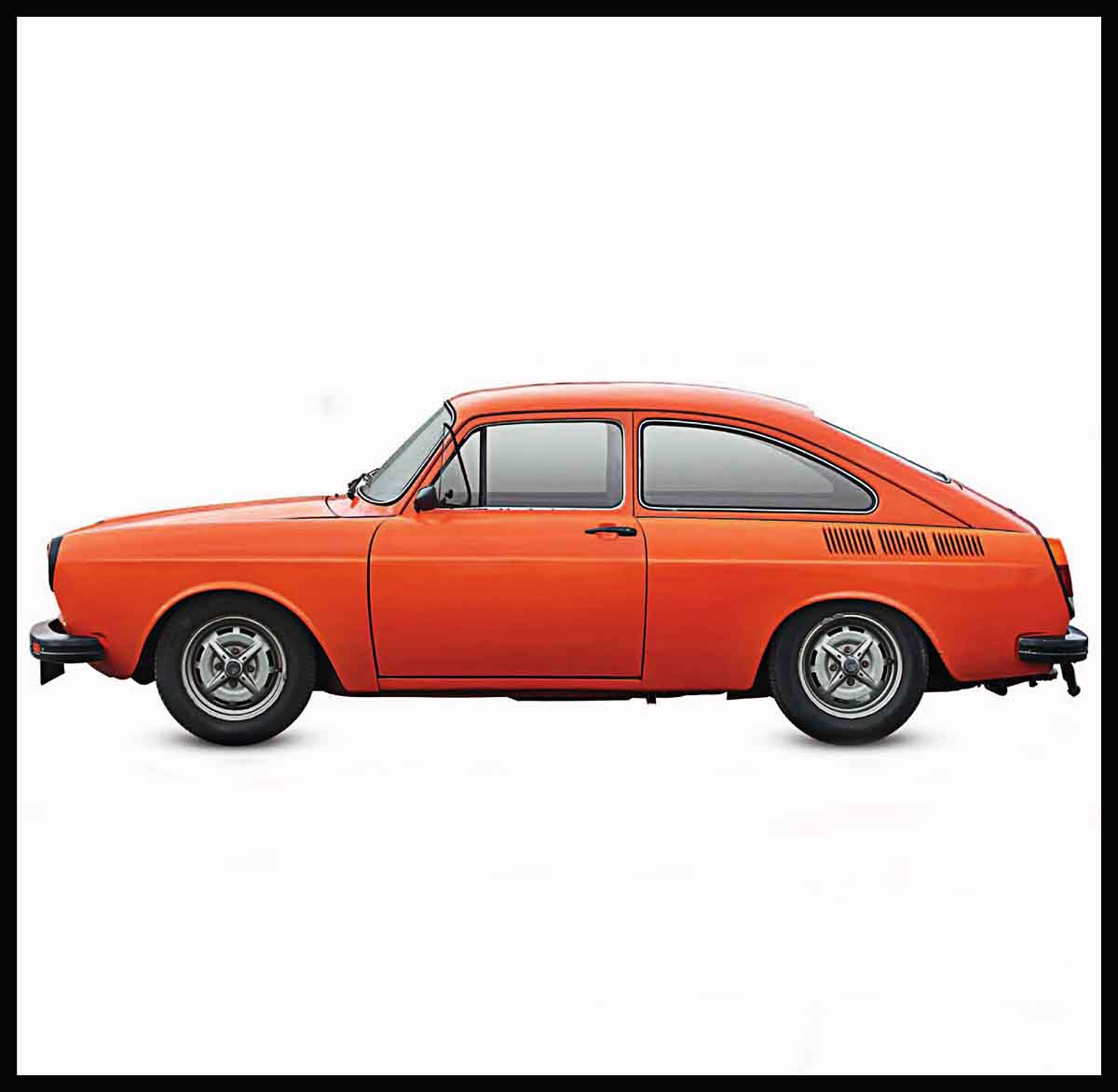
Family Cars
In the 1960s engineers in Europe and Japan had considerable freedom with their designs for compact family transportation. Manufacturers chose either a front engine with front-wheel drive, a front engine with rear drive, or a rear engine with rear drive. Styling was also flexible, leading to the production of a variety of cars, each with a clear identity.
Peugeot 404, 1960
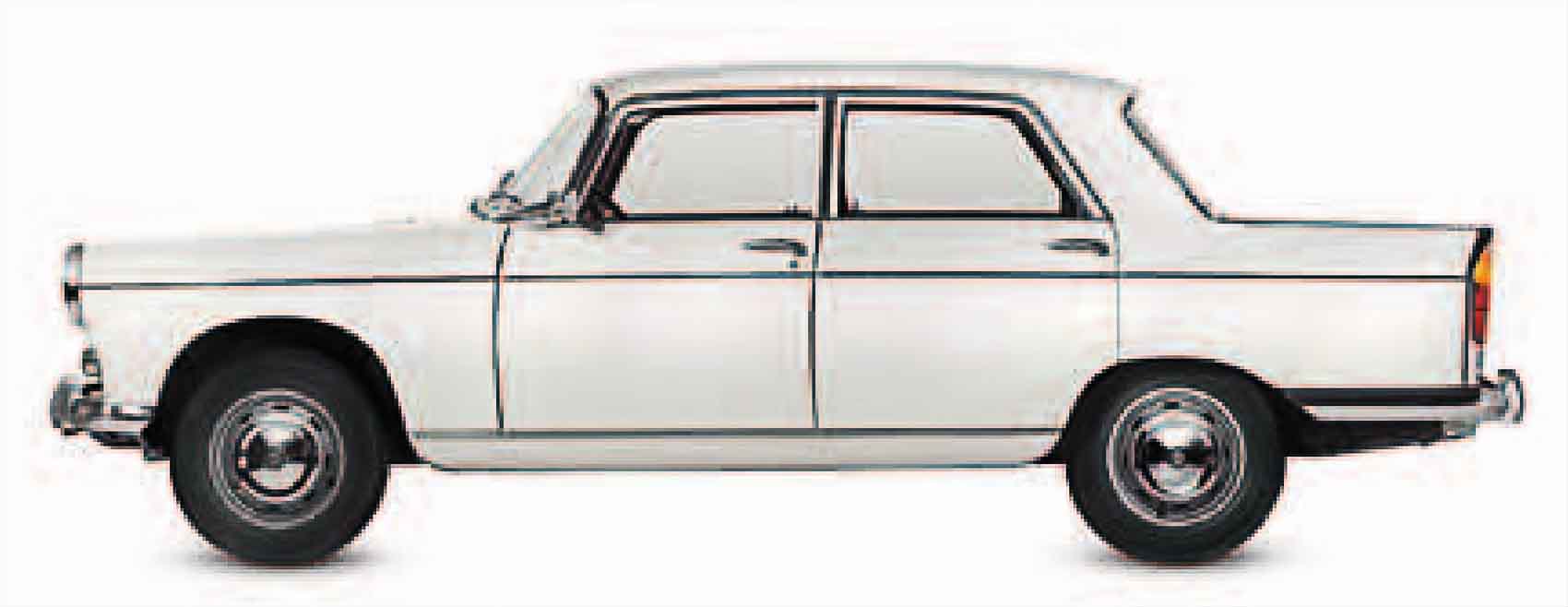
| Origin | France |
| Engine | 1,618 cc, straight-four |
| Top speed | 84 mph (135 km/h) |
Nearly three million of these outstanding family cars were built. Well engineered and durable, they were driven around the world and in some places are still in use.
Wolseley Hornet, 1961
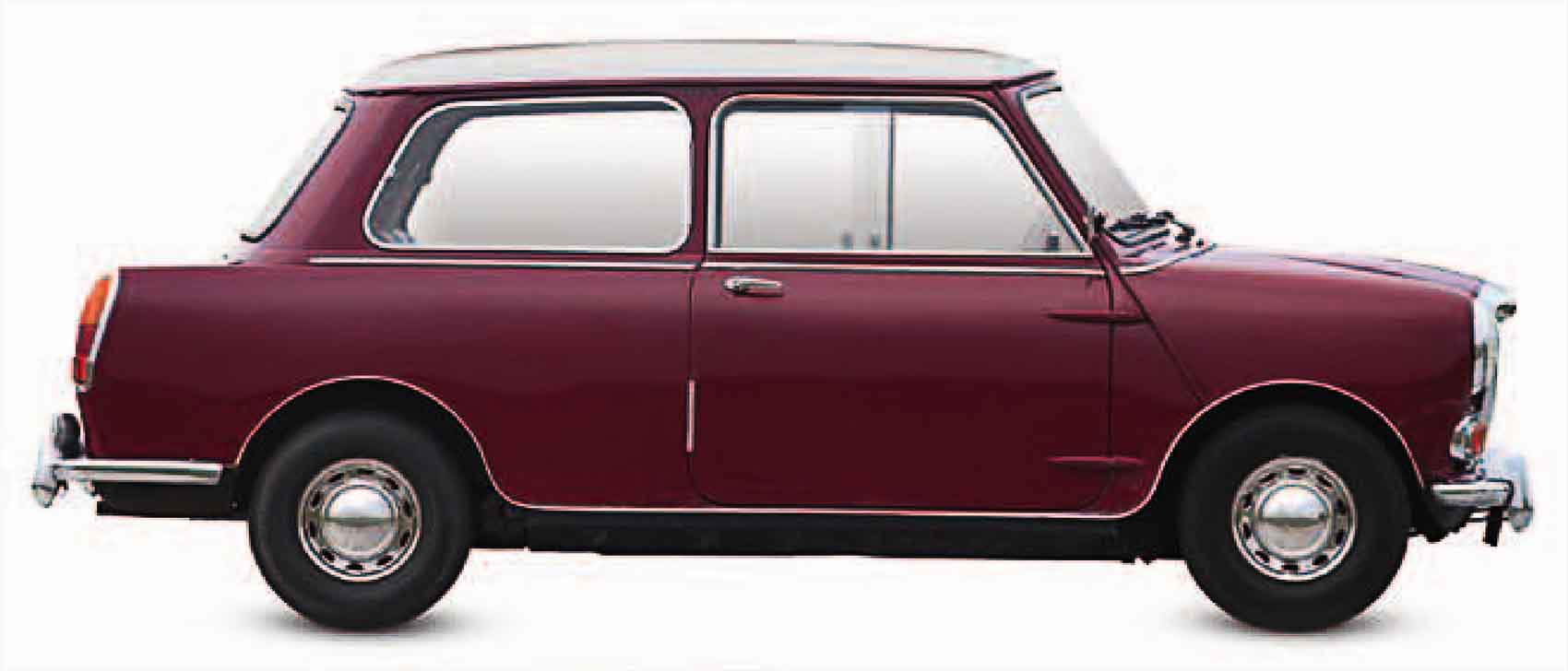
| Origin | UK |
| Engine | 848 cc, straight-four |
| Top speed | 71 mph (114 km/h) |
BMC expanded the Mini’s market by giving it a Wolseley grille, larger trunk, and better quality trim. From 1963 it had 998cc and from 1964, Hydrolastic suspension.
Mini Moke, 1964
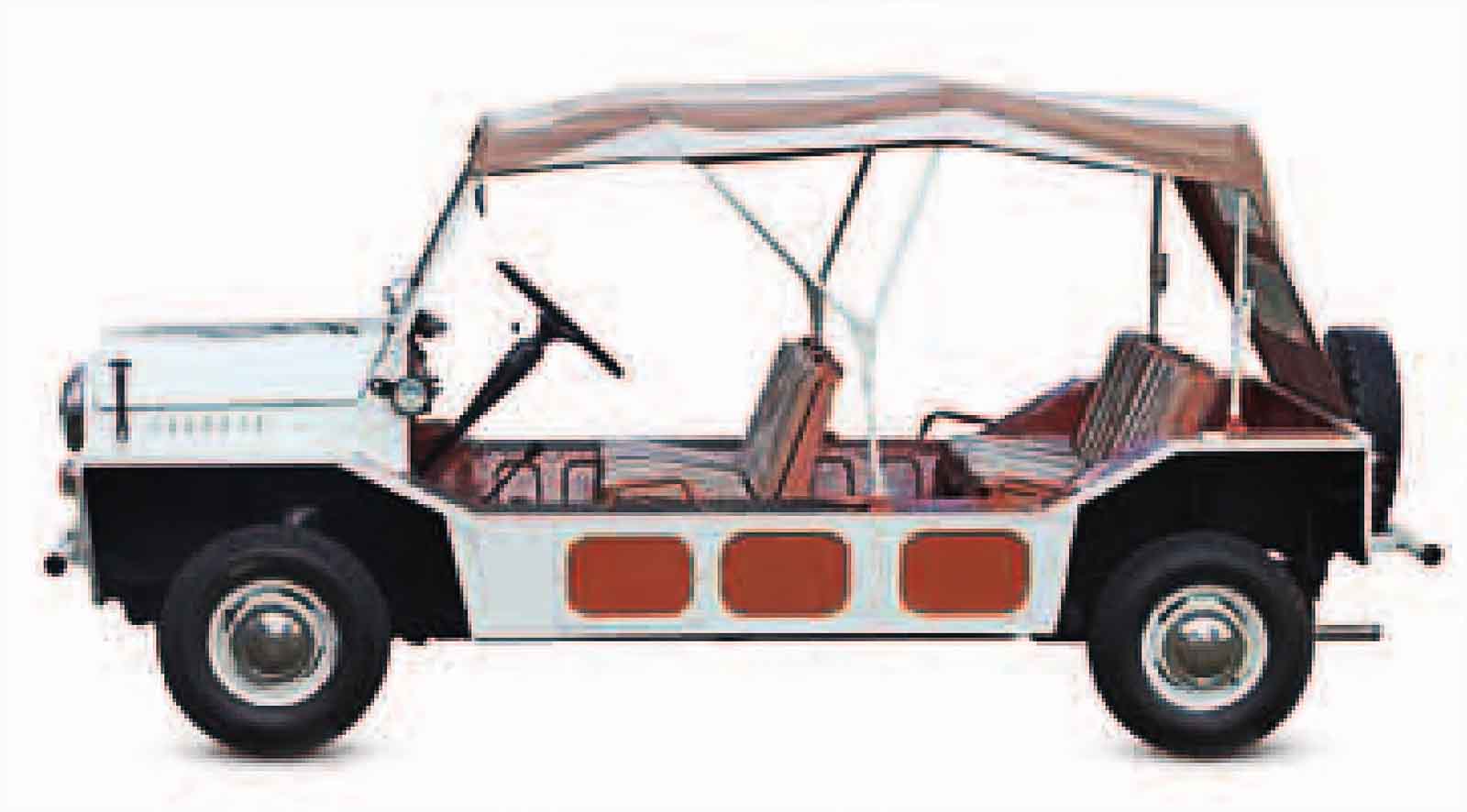
| Origin | UK |
| Engine | 848 cc, straight-four |
| Top speed | 84 mph (135 km/h) |
A fun derivative of the Mini, the Moke was originally designed as an off-road, light reconnaissance vehicle for the British army, but it was more successful as a beach car.
Triumph Herald 1200, 1961
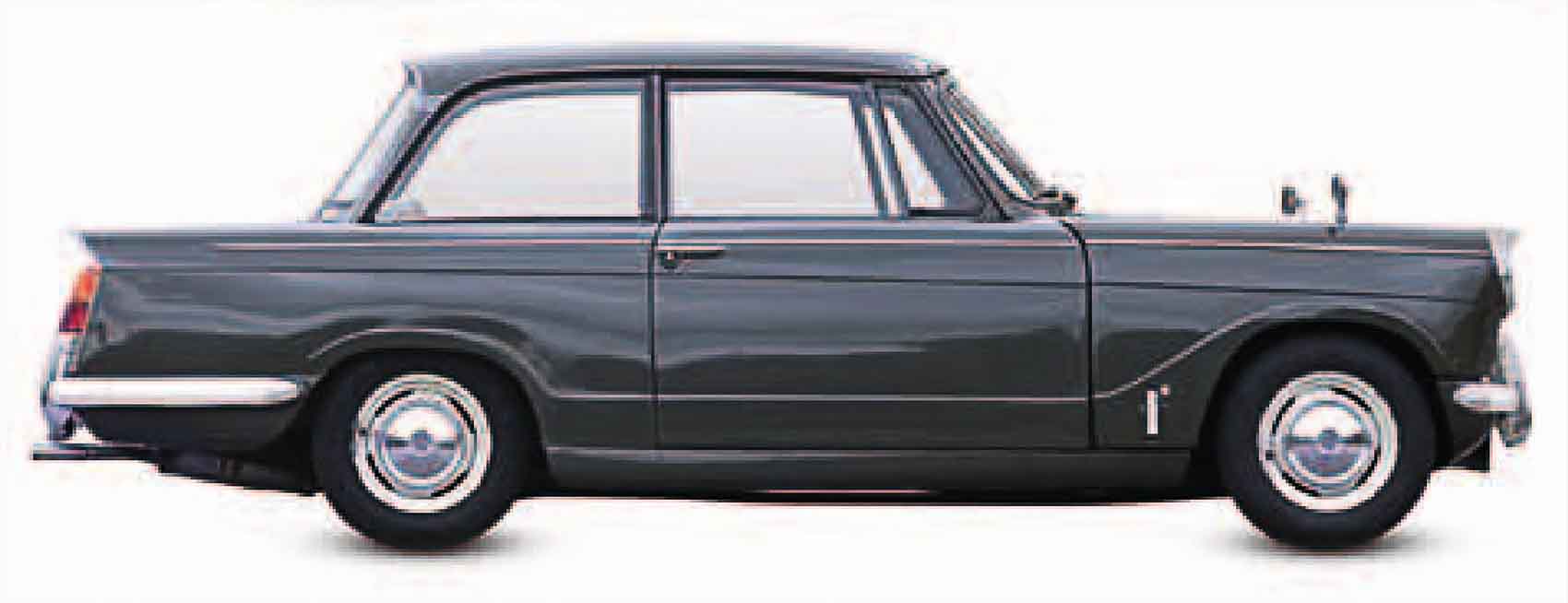
| Origin | UK |
| Engine | 1,147 cc, straight-four |
| Top speed | 77 mph (124 km/h) |
Triumph made the most of limited financial resources manufacturing this separate-chassis small car with all-independent suspension, a great turning radius, and luxury trim.
Lancia Flavia, 1961
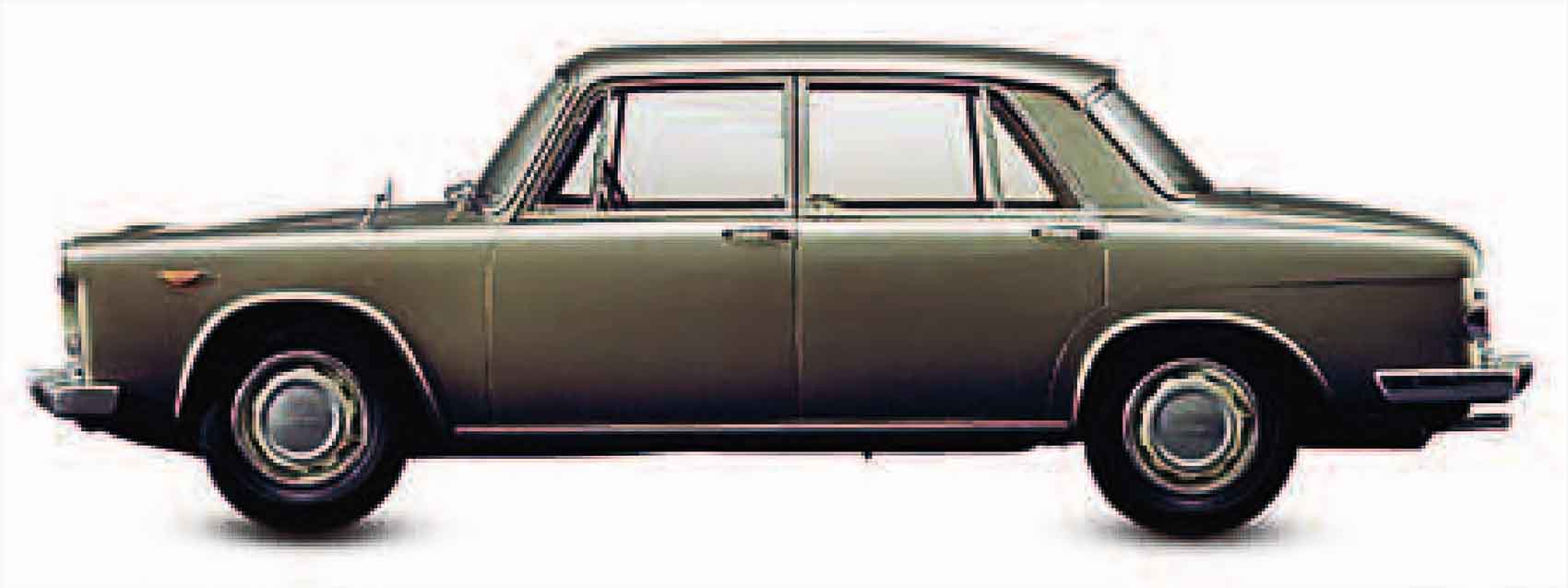
| Origin | Italy |
| Engine | 1,488 cc, flat-four |
| Top speed | 93 mph (150 km/h) |
The Flavia had an aluminum boxer engine and dual-circuit servo disc brakes. In 1963 the engine became 1.8 liters, and fuel injection was added in 1965.
Ford Cortina Mk I GT, 1963
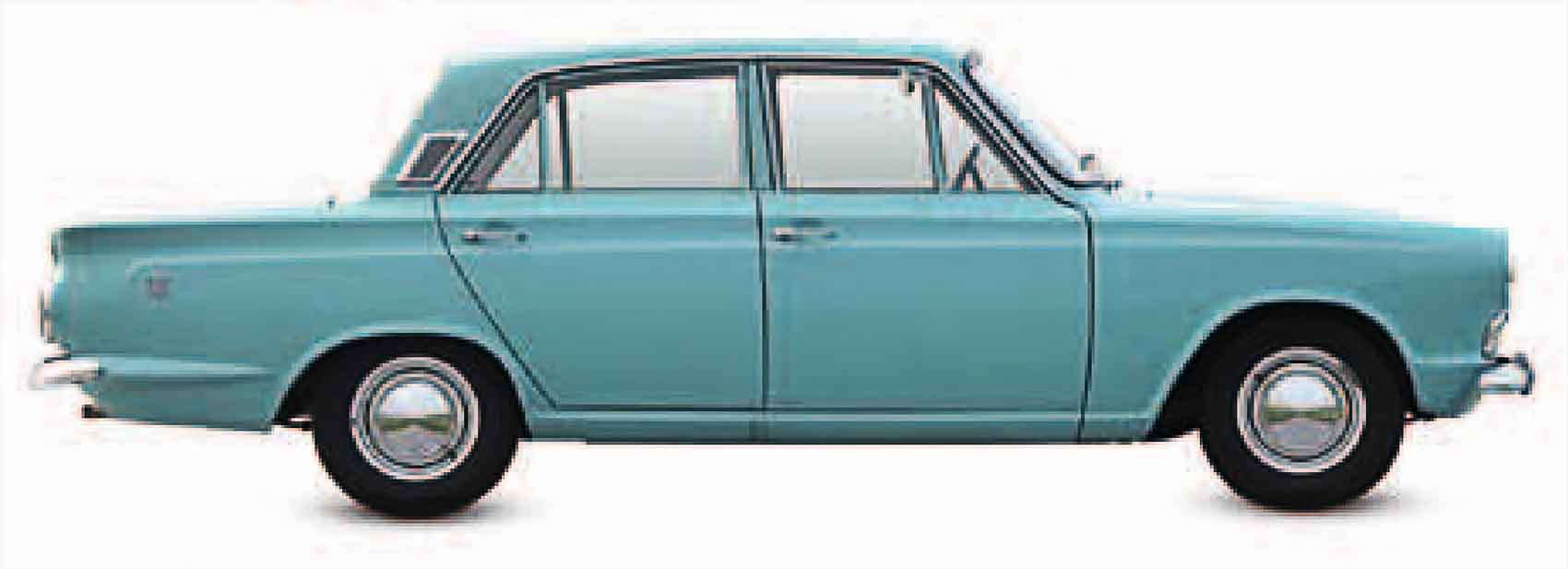
| Origin | UK |
| Engine | 1,498 cc, straight-four |
| Top speed | 94 mph (151 km/h) |
Hardly innovative-except for the fresh-air ventilation from 1965—this car was popular for its low-friction oversquare engine, synchromesh gearbox, and spacious body.
MG 1100, 1962
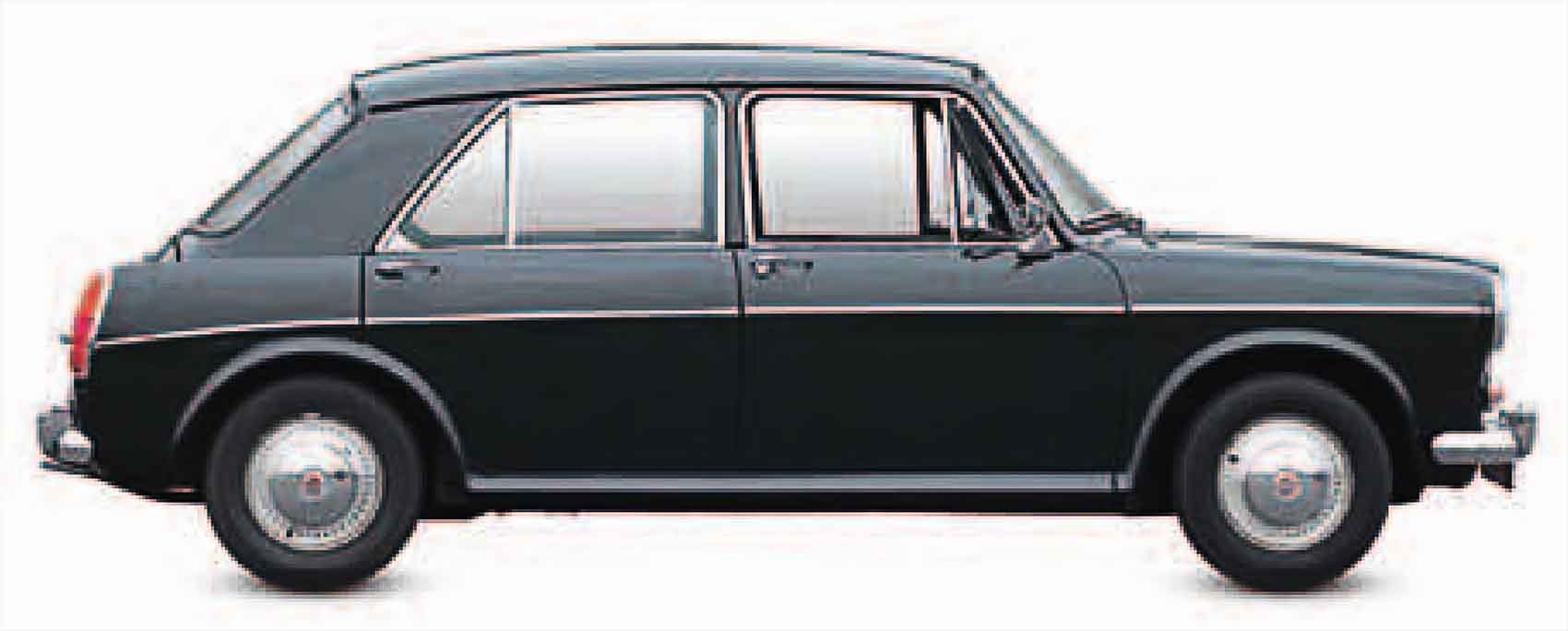
| Origin | UK |
| Engine | 1,098 cc, straight-four |
| Top speed | 85 mph (137 km/h) |
The BMC 1100/1300 range sold well. The increased interior space was the result of a transverse engine and front-wheel drive, while the Hydrolastic suspension gave a comfortable ride.
Volkswagen 1600 Fastback, 1966
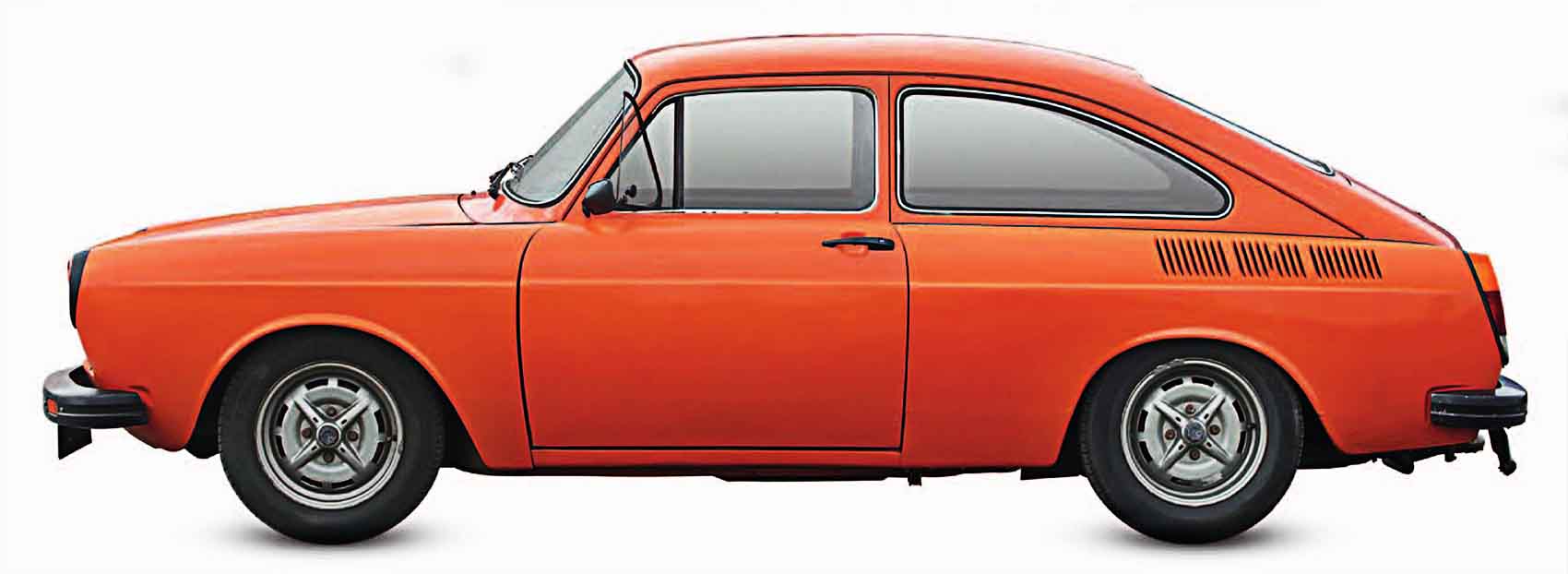
| Origin | Germany |
| Engine | 1,584 cc, flat-four |
| Top speed | 83 mph (134 km/h) |
Faster than a Beetle and with front disc brakes, the 1600 was improved in 1968 with 12-volt electrics, fuel injection, and MacPherson strut front suspension.
Hillman Minx/Hunter, 1966
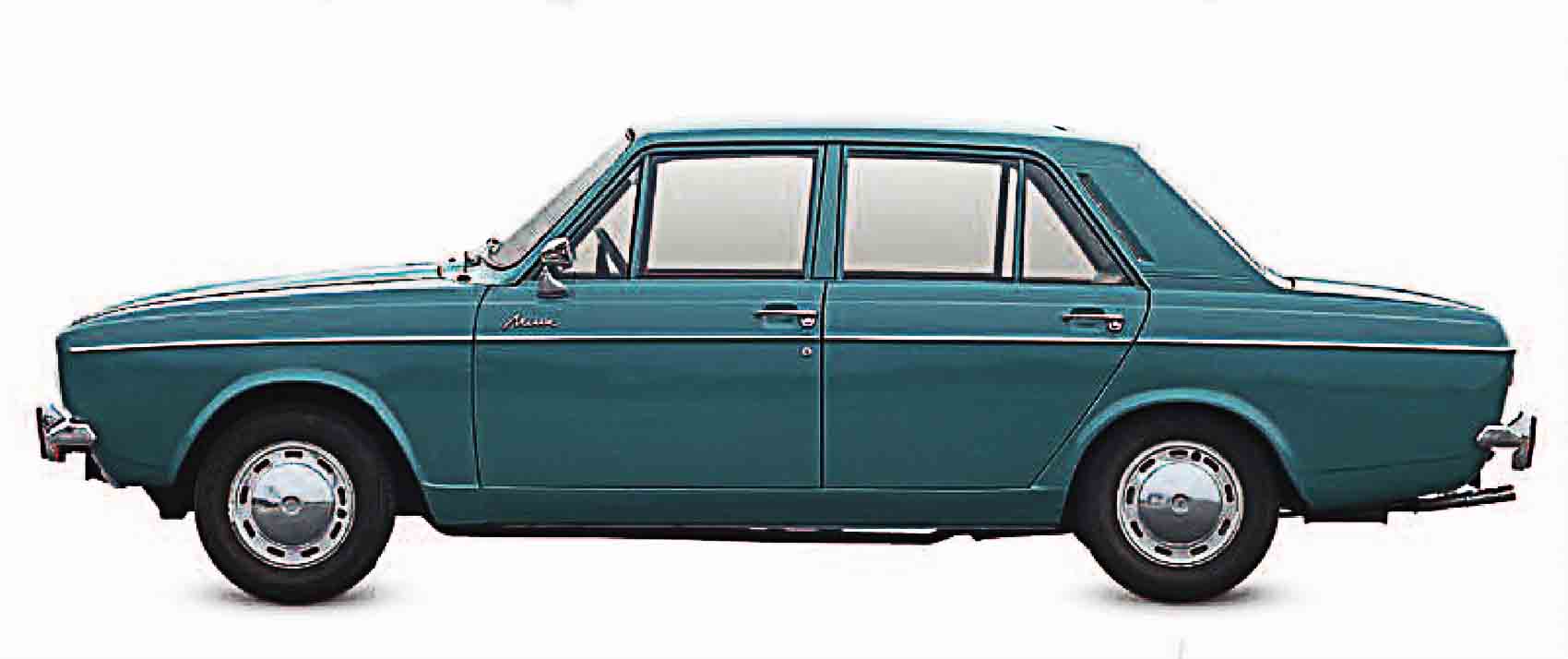
| Origin | UK |
| Engine | 1,725 cc, straight-four |
| Top speed | 92 mph (148 km/h) |
Chrysler’s Rootes Group produced this no-nonsense family sedan that performed well. It was built for 10 years in the UK, then for several decades more in Iran.
Sunbeam Rapier IV, 1963
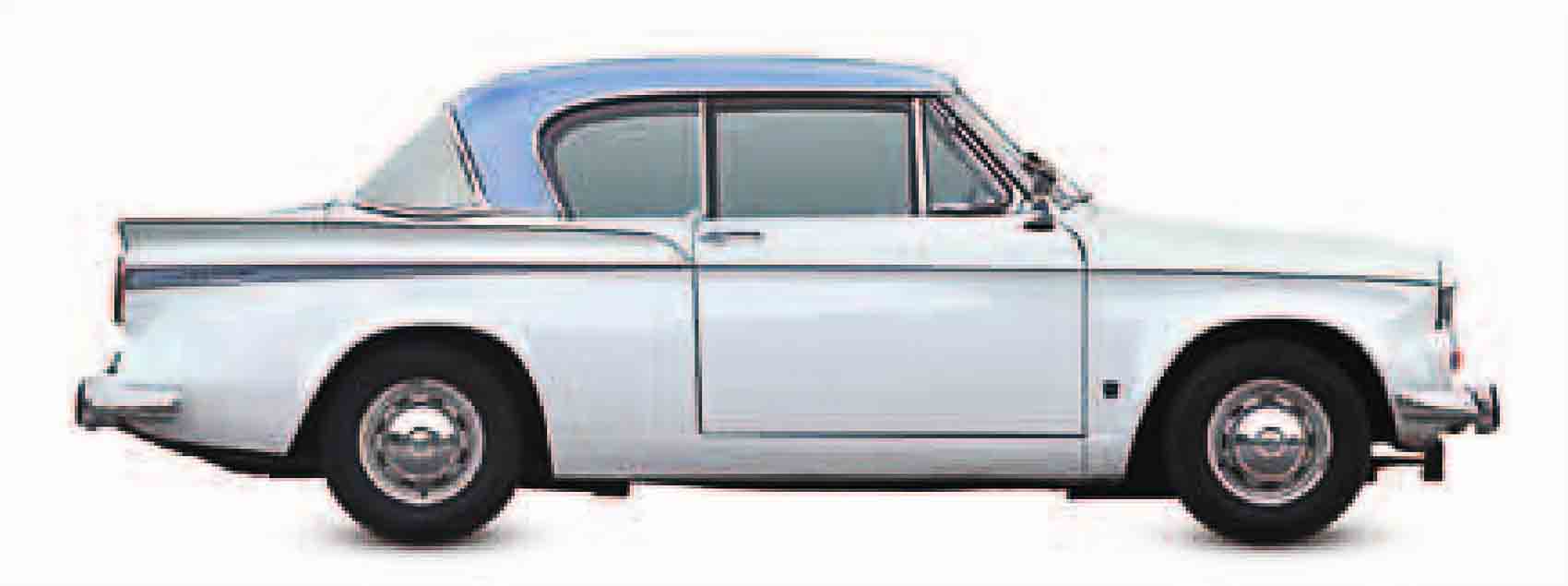
| Origin | UK |
| Engine | 1,592 cc, straight-four |
| Top speed | 92 mph (148 km/h) |
Launched in 1955 with 1,390 cc, this two-door sedan based on the Hillman Minx kept Sunbeam’s sporting name alive with some rally successes.
Hillman Imp, 1963
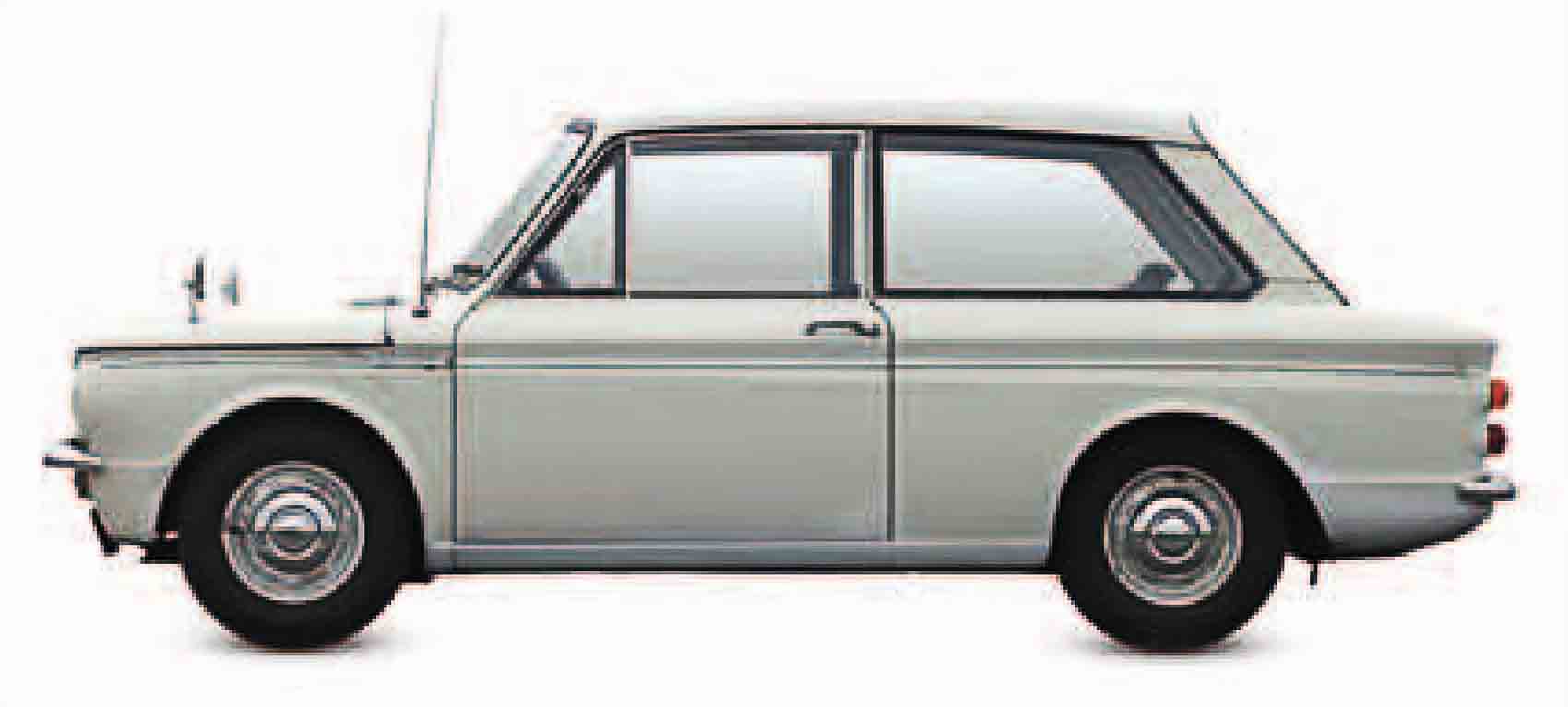
| Origin | UK |
| Engine | 875 cc, straight-four |
| Top speed | 78 mph (126 km/h) |
The Rootes Group’s small car had a superb aluminum engine in the back. The Imp sold around half a million units over 13 years, but it was hugely outsold by the Mini.
Renault 8 Gordini, 1964
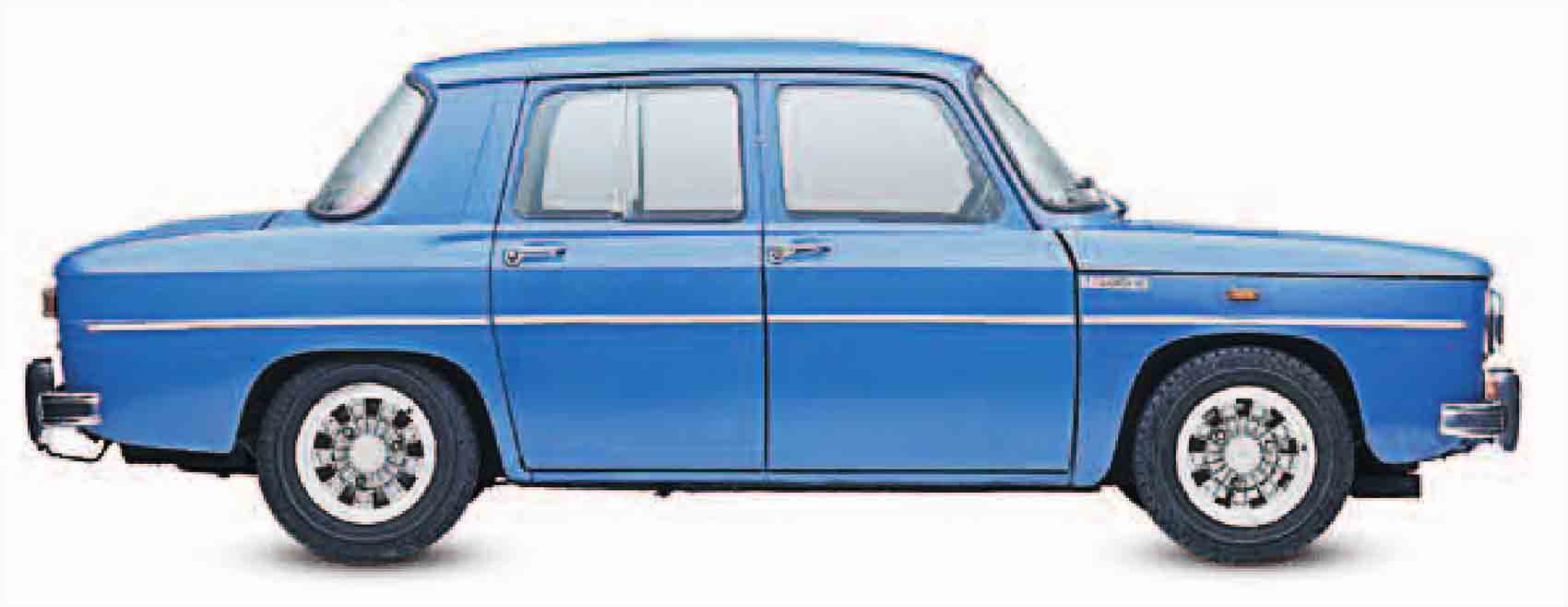
| Origin | France |
| Engine | 1,108 cc, straight-four |
| Top speed | 106 mph (171 km/h) |
All-disc brakes (standard even on basic model R8s) and a five-speed transmission helped make the rear- engined 8 Gordini remarkably rapid for its small engine size.
Citroën Ami 6, 1961
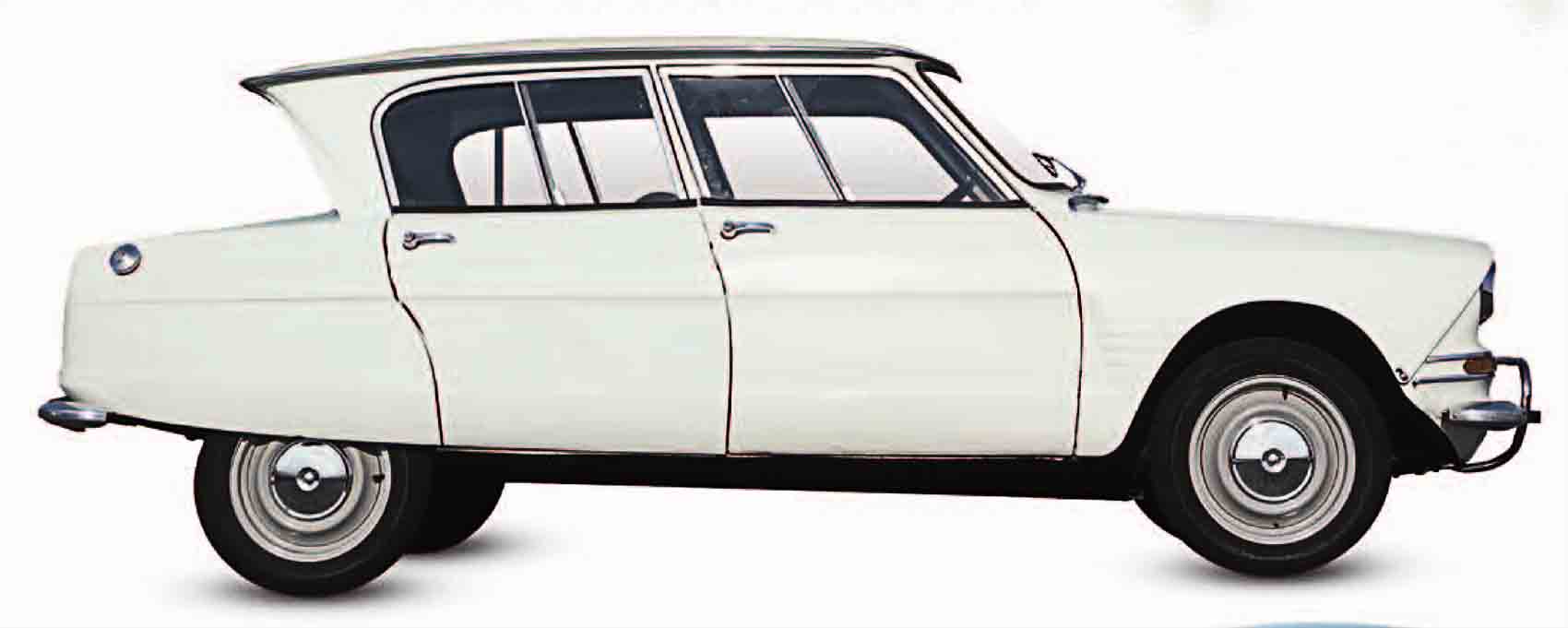
| Origin | France |
| Engine | 602 cc, flat-two |
| Top speed | 68 mph (109 km/h) |
Giving the 2CV this unusual body helped Citroën sell another 1.8 million small cars between 1961 and 1978. It lost the notchback rear window in 1969.
Amphicar, 1961
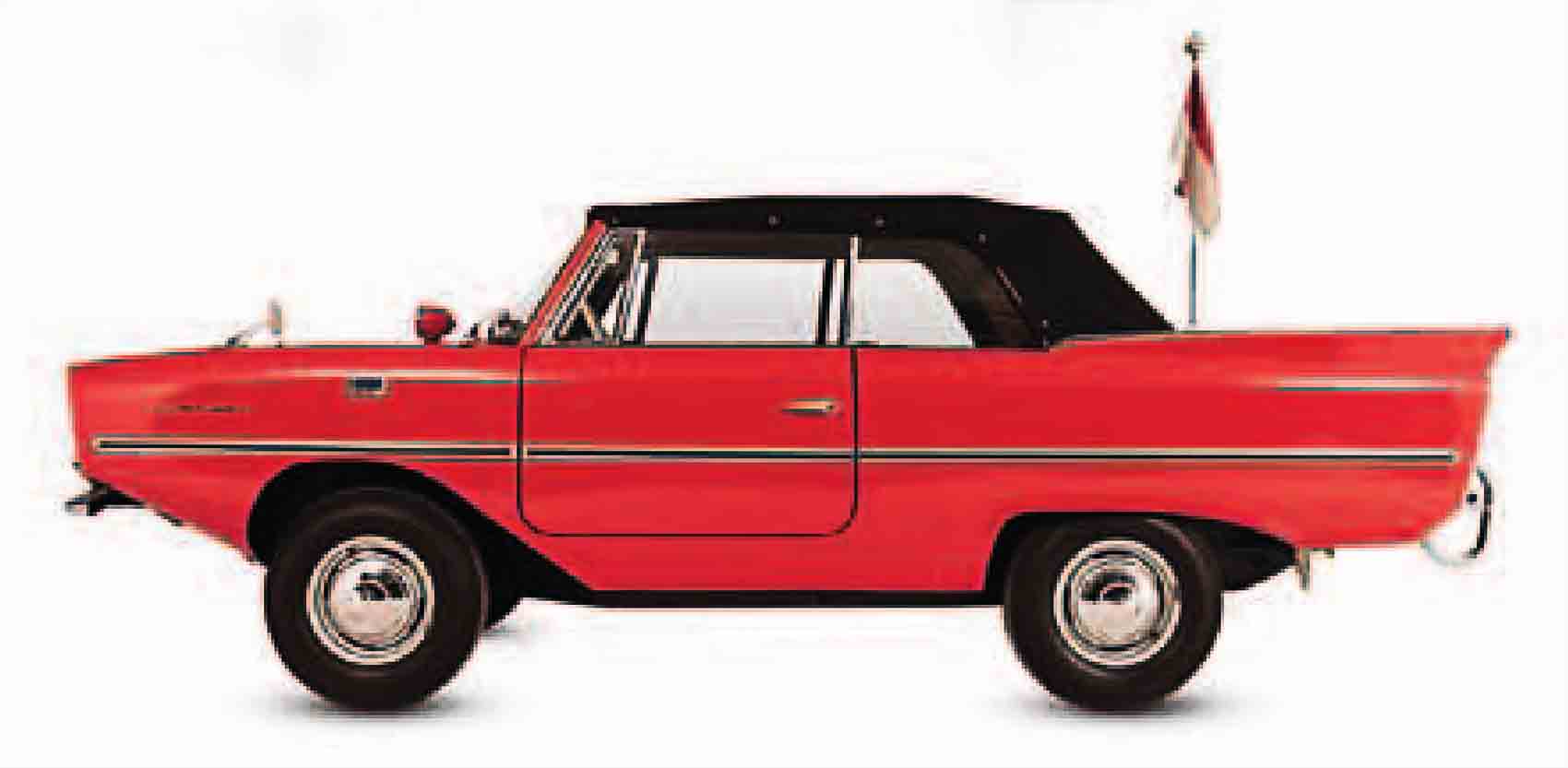
| Origin | Germany |
| Engine | 1,147 cc, straight-four |
| Top speed | 70 mph (113 km/h) |
Hans Trippel designed this amphibious car after huge investment in research. It used a Triumph Herald engine in the back and steered with the front wheels.
Fiat 124, 1966
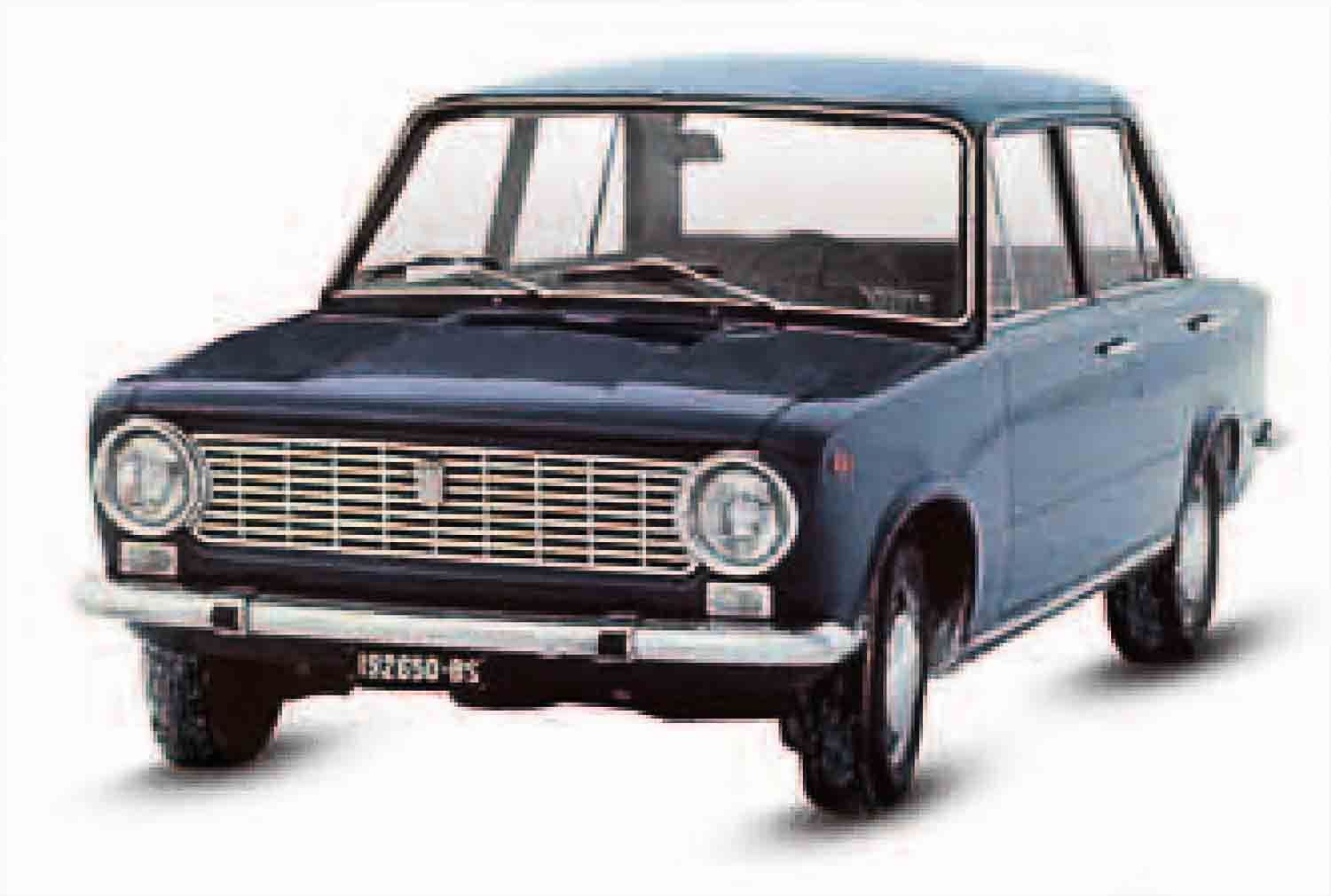
| Origin | Italy |
| Engine | 1,197 cc, straight-four |
| Top speed | 85 mph (137 km/h) |
Key to Fiat’s 1960s success were cars like the 124, which offered excellent carrying capacity and performance with good handling; it lived on for decades more as the Russian Lada.
Honda N360, 1967
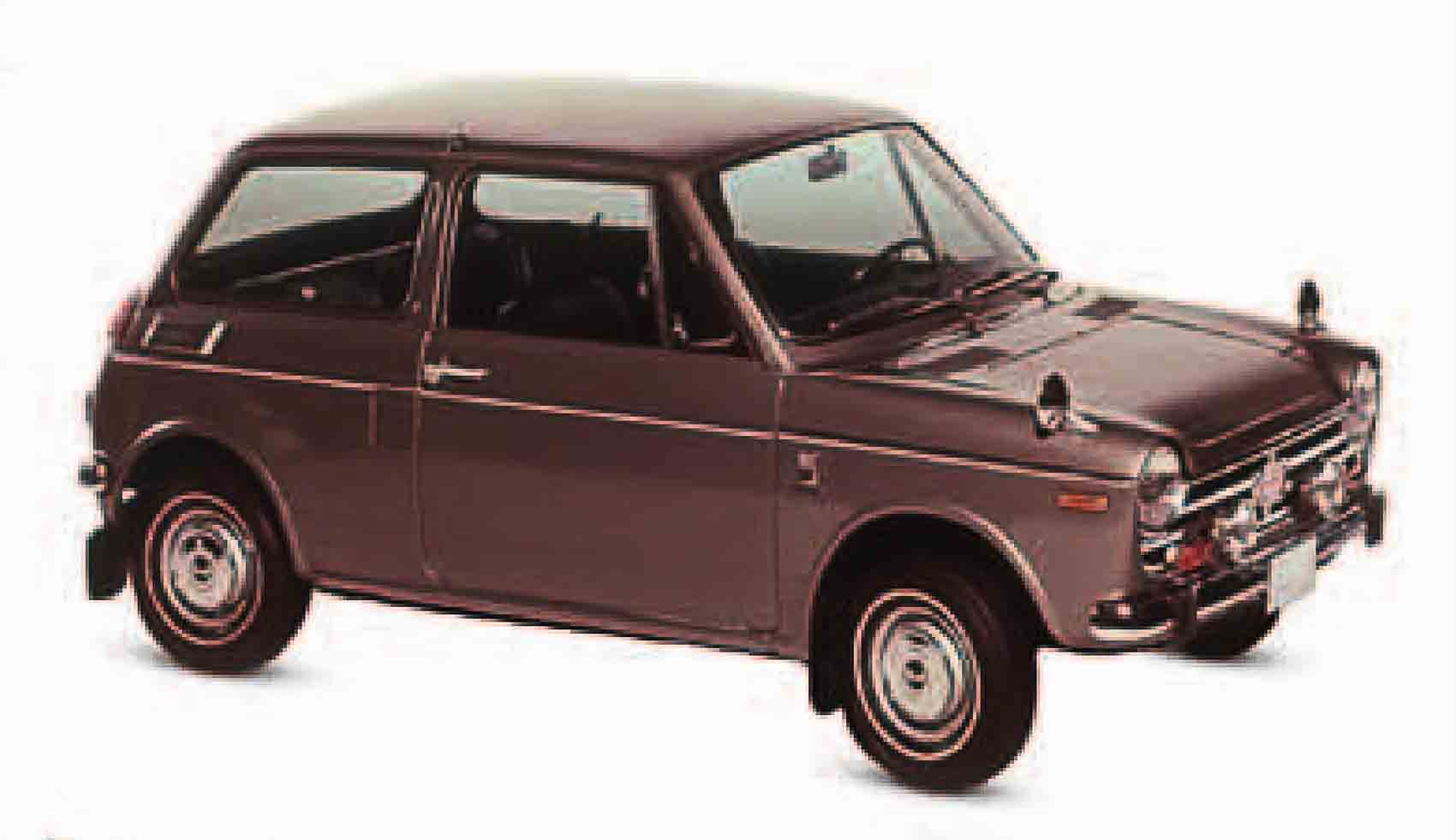
| Origin | Japan |
| Engine | 354 cc, straight-two |
| Top speed | 72 mph (116 km/h) |
Honda extracted 27 bhp from the overhead-cam 360 engine, improving the performance enough for this Japanese-market kei car to sell in other markets.
Toyota Corolla, 1966
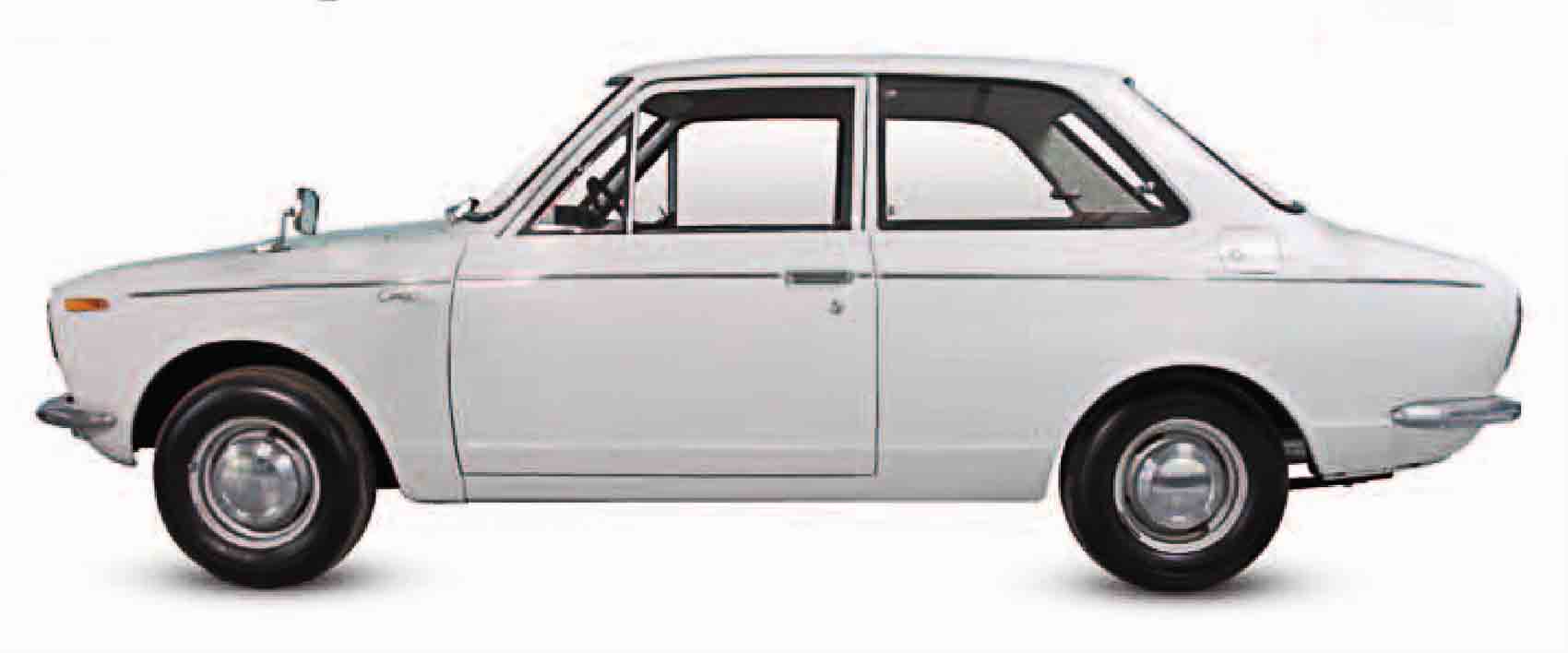
| Origin | Japan |
| Engine | 1,077 cc, straight-four |
| Top speed | 85 mph (137 km/h) |
The first of an incredibly successful line, the Corolla was not exceptional in any way but was well put together and dependable, making it an ideal family car.
It is a quote. The Definitive Visual History Of The Automobile 2011




